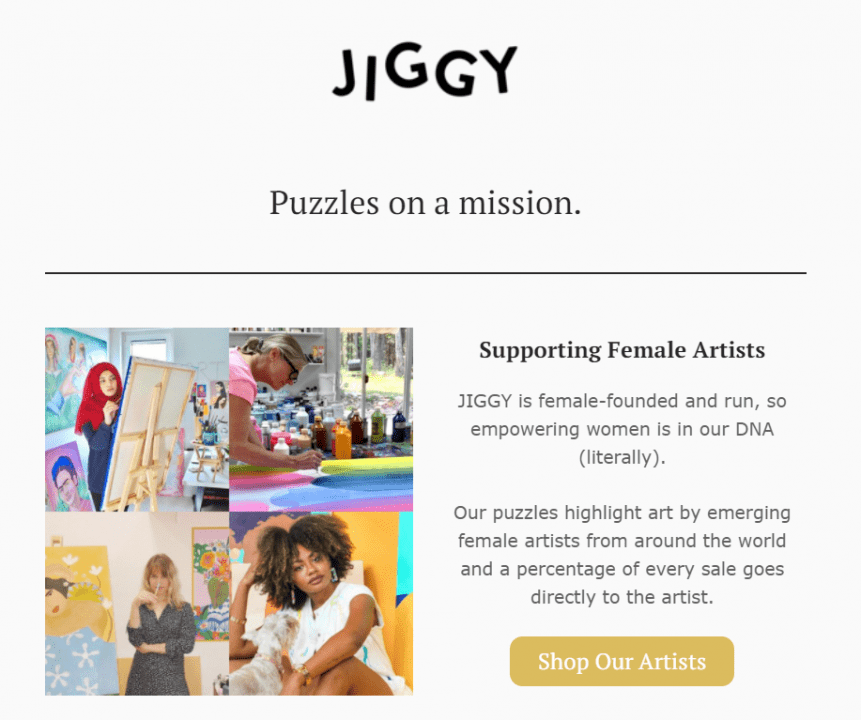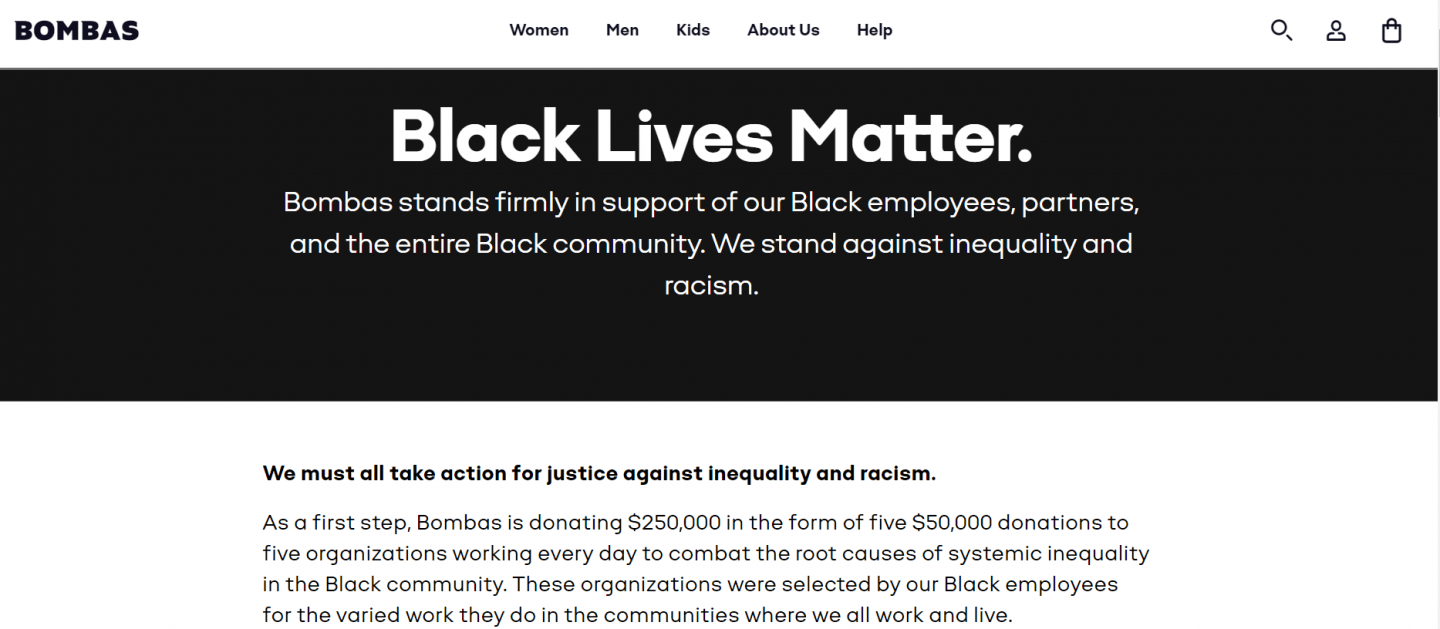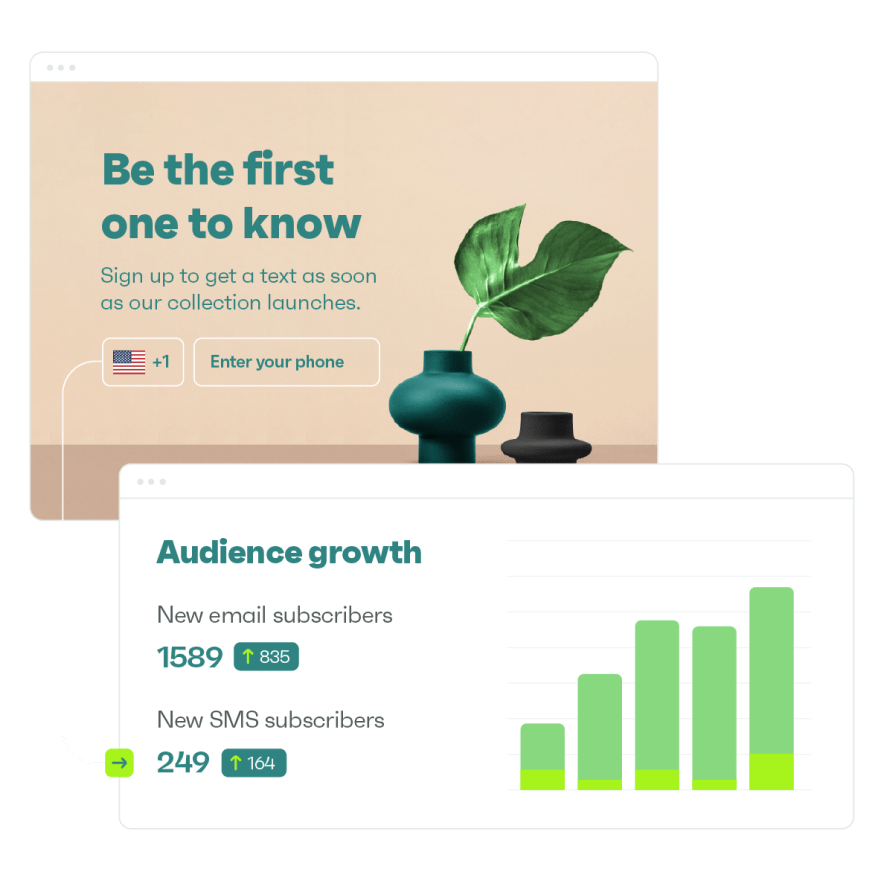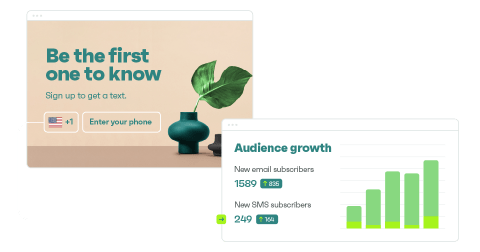Drive sales on autopilot with ecommerce-focused features
See FeaturesWhat To Do—And Not Do—To Attract Generation Z
If you run a small or medium-sized business (SMB) and appealing to Generation Z isn’t on your radar, it’s time to start thinking about what makes them tick.
You may wonder why the whims of someone as young as 11 years old matters to your ecommerce business. But they do.
Gen Z is the largest generational cohort alive, meaning they either directly drive or influence a lot of global spending.
Who is this generation? What motivates them? And what can you do as an SMB to connect with them?
Who Is Gen Z?
There’s no exact science in distinguishing one generation from the next. But in general, marketers have settled on defining Gen Z as those born between 1996 and 2010. The youngest are 11, making their way through primary school years. The oldest are 25, carving out their professions in the workforce.
As a group, they make up 20% of the U.S. population and 27% worldwide. As of 2020, they accounted for 40% of total U.S. consumers, spending $143 billion yearly.
Bo Finneman, partner at McKinsey & Company, says Gen Z are considered core influencers “that have a really big impact on both millennials and Gen Xers in terms of what they buy. In size, they will definitely reach scale in the next 10 to 15 years, but it’s about their influence today. That’s what’s so important.”
Those on the older end of the spectrum are already establishing themselves as young adults and spending their hard-earned money. And the younger set—children primarily of Gen Xers—have a prominent role in impacting where their parents’ money goes. In fact, 87 percent of parents said Gen Z children influenced purchases made in 2019.
For those with purchasing power and independence to choose where their money goes, HubSpot found they will spend on the following five things.
- Education
- Experiences (attractions, restaurants, etc.)
- Essential products, services, and utilities
- Technology (gaming in particular)
- Low-priced clothing
Even if your business doesn’t fit any of the above niches specifically, it’s important to ask yourself: How can my products or services support Gen Z’s priorities?
What Motivates Gen Z?
To capture Gen Z’s attention, it’s essential to first understand them.
These are digital natives. Unlike Millennials of the generation before, they were born into a world humming with rapid technological innovations and social media. It means they expect a seamless shopping experience, whether it’s online or at a physical location, and shun impersonalized messaging that comes across as pandering to the masses.
Their digital adeptness means they are also highly skilled at digging for information.
“They are able to sift through institutional messages, to filter out excess noise, and to identify voices they can trust,” says Steph Wissink, managing director and consumer research analyst at Jefferies, going on to say that this generation of consumers is calling on brands to be transparent.
Finneman, of McKinsey, says there’s a push among Gen Z for greater corporate responsibility.
“They’re looking beyond tangible products and actually trying to understand what is it that makes the company tick,” he explains. “What’s its mission? What’s its purpose? And what is it actually trying to build for us as a society?”
Social uprisings over the last few years, such as #MeToo and #BlackLivesMatter, have grabbed their attention and pulled at their heartstrings. They want brands to take a stand; a company’s actions matter when it comes to social issues.

Per research from DoSomething Strategic, 53% of young people said they have purchased a brand/product to show support for the issues the brand supported. And 40% have stopped purchasing if the company stood for something or acted in a way that didn’t align with their values.
They have grown up amid some economic instability—think the 2008 financial crisis—shaping their conscientious stance around spending. Therefore, they’re typically financially savvy and focused on ensuring their purchases are of value.
How to Best Market to Gen Z
With this general profile, SMBs should consider the following when engaging with Gen Z:
- Be authentic. This cohort wants a brand that feels more human. Establish your voice—whether hip and fun, humorous, or something else altogether—and stick to it. Wendy’s sets the tone, for example, on social media with its description: “We like our tweets the way we like our cheeseburgers: better than anyone expects from a fast food restaurant.”
- Showcase your values. JIGGY, for example, is a DTC brand that supports emerging female artists by commissioning them to design artwork for their puzzles. They tell this story, and feature these artists, in a three-part welcome series (which happens to earn 64% of their total email-generated revenue).

- Show your value-adds. Not to be confused with the previous bullet, take the effort to highlight the aspects that set your brand apart. Are your products eco-friendly? Because 57% of Gen Zers say that’s important when making a purchase. In fact, 73% indicate they would pay more for sustainable products. Or, the value-add could be along simpler lines, like buy online, pick up in store.
- Don’t be afraid to speak on and contribute to social issues. Sock brand Bombas, for example, promotes its stand against inequality and racism on its website. It made an initial donation of $250,000 to five organizations.

- Keep it simple with your messaging. This goes especially for email, which is still a powerful means of communication that converts. Visuals supported by clean, concise copy will speak volumes. Keep in mind that you’ve got 8 seconds before their attention wanders. And make sure that you build responsive emails, so that they render appropriately when viewing on a cell phone or other device.
- Make communications as personal as possible. Gen Z wants messages that are appropriate to their customer journey. For example, 77 percent said that personalized recommendations were “extremely important” when shopping online. Segmentation is the starting point. With a marketing platform like Omnisend, it’s easy to classify email or SMS subscribers into different demographic categories, or designate according to shopping behavior.
What Doesn’t Work So Well with Gen Z
On the flip side, there are definitely some things we recommend you don’t do when trying to establish a relationship with Gen Z. You might just turn them off from your brand:
- Concentrate on only a few channels. These people shop across all types of formats. They’re digital natives. But they also appreciate the in-store experience, as 81% like shopping at brick and mortar stores. As Emma Spagnuolo, associate partner at McKinsey, summarizes, “They’re looking at pop-up boutiques, they’re shopping on Instagram. Then they’re going into the department store. Then they’re going into the specialty store. Then they’re going online on their laptop. They’re experiencing these brands every step of the way, at every moment, and their phone is just one super important tool for them to do that.” Embrace omnichannel marketing to satisfy these habits.
- All talk, no action. This goes back to authenticity and transparency. Be truthful. If you stand for a social cause, back it up with action. At the selling level, don’t over promise what you can’t deliver.
- Advertise perfection. This generation gravitates to brands that keep it real. Picture-perfect models of the past won’t help your company. Neither will A-list influencers.
Recommendation: Don’t Ignore Gen Z
With an understanding of the societal factors that have shaped Gen Z and their outlooks, marketers have greater insights into what companies can do to earn their trust and business.
We’re not saying that every individual within this age group fits the above profile to a T. But with so many distinct and widespread characteristics, it’s a good idea to examine your messaging and adjust if you’re trying to connect.
Their sheer number and buying power, in comparison to the overall population, should be motivation enough.
Improve your target messaging and reach Gen Z with Omnisend’s suite of features. Get started for free today.
quick links
related features
No fluff, no spam, no corporate filler. Just a friendly letter, twice a month.


